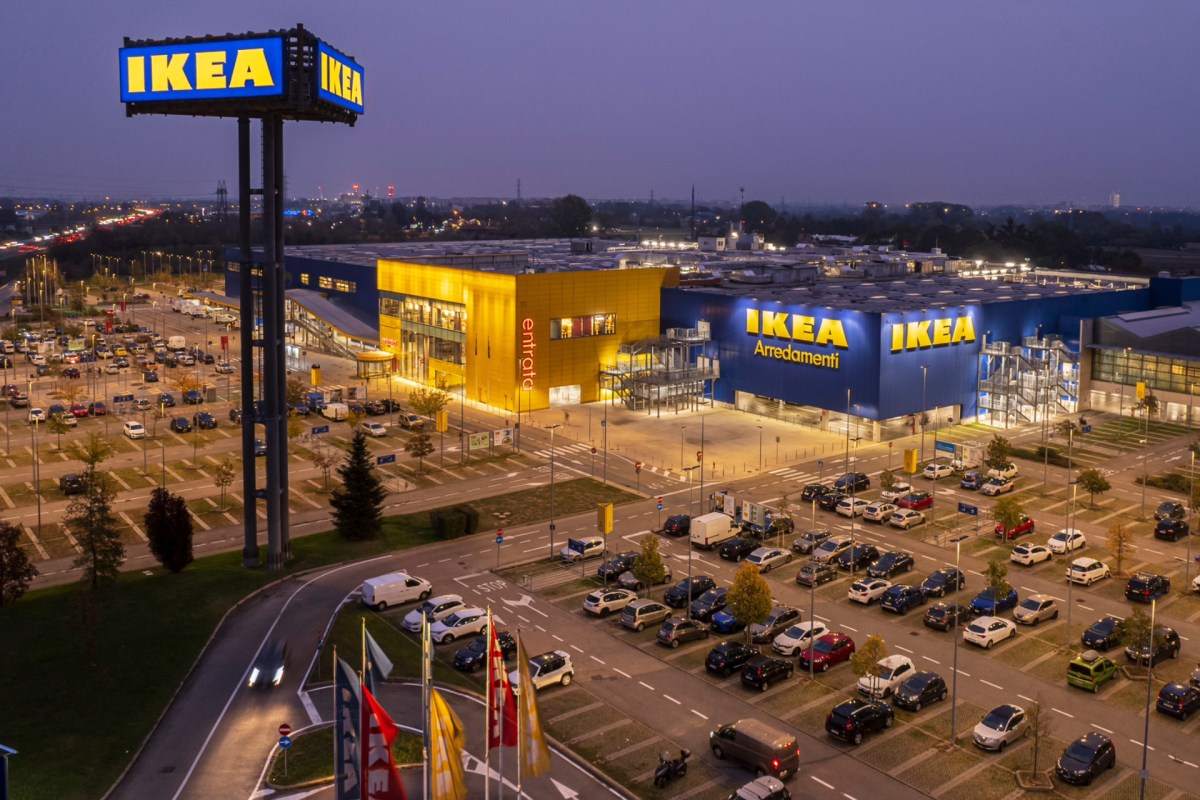The furniture giant Ikea announced an ambitious plan earlier this year to cut its pollution in half by 2030.
Inter Ikea, which manufactures Ikea products and owns the brand, intends to reduce pollution generated across its value chain — from production to disposal of its products, as reported by Reuters.
The company already helps people save money and live more sustainably with its LED light bulbs, energy-saving cellular blinds, and secondhand furniture offered through its Buy Back & Resell program. Ramping up its clean-energy efforts will make its products even more affordable.
According to Reuters, the company has already made headway toward its goal, slashing pollution by 12% in the latest financial year, as many of its facilities transitioned to renewables.
The outlet reports that 408 of Ikea's supplier factories are now powered by 100% sustainable energy sources, up from 266 last year.
The Environment America Research & Policy Center notes that Ikea already uses 100% clean energy throughout its operations in 25 markets, including Canada, Japan, and the United Kingdom.
Watch now: Alex Honnold test drives his new Rivian
"It's still going to be challenging and a lot of hard work, but there is at least a realism in the goal of 50%," Par Stenmark, chief sustainability officer at Inter Ikea, told Reuters.
By 2050, the furniture retailer set a target of cutting its pollution by 90% and neutralizing any leftover pollution by removing and storing carbon through improved forestry and agriculture management practices.
Another major focus for Ikea's climate goals includes using more sustainable materials, which comprise the lion's share of its pollution. According to Reuters, nearly 46% of the company's pollution comes from raw materials such as wood.
Petroleum-based glue used in its wood boards accounts for around 5% of its global carbon footprint. As the Wall Street Journal reported, Ikea started to address this by using glue made of corn from industrial plants in one of its factories in Lithuania.
Ikea is also overhauling its food court options to make 80% of all retail food plant-based by 2025.
In addition, it began selling solar panels in California, with plans to expand the service. Other ways it's saving resources include switching to LED lightbulbs and creating bookcases made with paper foil instead of veneer, per WSJ.
Supporting eco-friendly initiatives and brands can keep your wallet fuller while making the planet greener.
"It's very important for us that sustainability is not a luxury for the few. It needs to be available also for people with thin wallets," Andreas Rangel Ahrens, head of climate at Inter Ikea Group, told WSJ.
Join our free newsletter for cool news and actionable info that makes it easy to help yourself while helping the planet.









